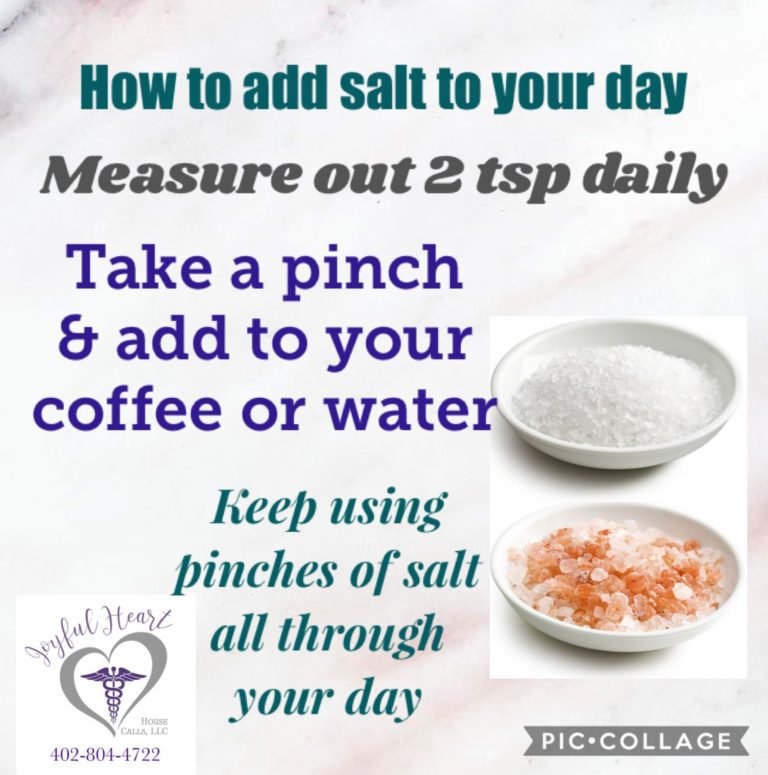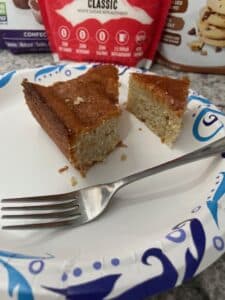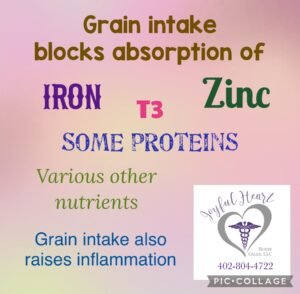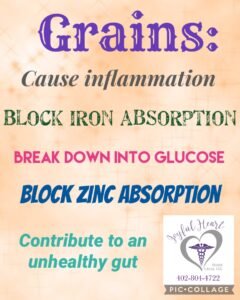DISCLAIMER:
The information provided in this article and on the Joyful Heart & KetoNurses blog should be taken as basic education & general information, and NOT as medical advice. All information presented by Joyful Heart & KetoNurses should be carefully evaluated and discussed with YOUR health care professional.
In this article, we will review the pathophysiology of carb flu & discuss methods to avoid or reduce the symptoms. Many people concern, and even fear, over going to a low carb eating plan because of the possibility of the symptoms of carb flu; also known as keto flu, the following symptoms are most commonly reported when drastically cutting carbohydrates.
Fatigue Muscle aches/pain/cramping
Weakness Muscle weakness
Headache Muscle twitching
Dizziness/Lightheadedness Sleep disturbances
Poor concentration Mood swings/Irritability
Nausea Vomiting (not very common)
Food cravings Leg cramps
Constipation/Diarrhea (not necessarily related to cutting carbs; more likely to be related to intestinal bacterial changes)
These symptoms occur as a result of the sudden decrease in processed food intake. Because most bagged, boxed, and canned foods are processed, a variety of salts and preservatives are used to keep foods stable for long shelf-life. These salts and preservatives are usually combinations of sodium, potassium and magnesium. When carb intake drops from hundreds of grams a day to 20 or less, there is also a significant reduction in these preservative salts; this rapid decrease results in chemical changes inside the bloodstream, altering levels of sodium, potassium, calcium, and magnesium. In addition, the rapid drop in carbohydrate intake also impacts insulin secretion by the pancreas, reducing insulin output. Because elevated insulin levels contributed to sodium retention, the sudden carb restriction contributes to less insulin secretion and thus, the body releases a lot of sodium in urine. These effects are typically mild to moderate, but for a few folks, these symptoms can be more significant and uncomfortable. These drastic changes related to sodium are the major contributing factors to the rapid weight loss during the first week or two on a low carb (LC) way of eating (WOE).
When carbs are cut drastically, an opioid withdrawal also occurs, creating unpleasant symptoms like headaches, fatigue, runny nose, watery eyes, restlessness, irritability, and body aches; these symptoms typically occur on days 3-5 and pass fairly quickly.
These sudden changes in the internal chemical balance can result in a variety of other vague and uncomfortable symptoms in some people; a few folks actually become so uncomfortable and frustrated with these symptoms that they give up on cutting carbs – in much the same way as people trying to quit using heroin, meth, or nicotine. The brain responds in very similar fashion to sugar withdrawal. The sudden drop in salt intake contributes to many of the symptoms associated with LC eating. In The Salt Fix, Dr. James DiNicolantonio suggests that less than 20-25% of normotensive people exhibit a salt sensitivity, yet mainstream medical providers always urge ALL patients to cut back on salt intake. The theory is that since “water follows salt,” it’s assumed that sodium intake causes significant water retention, which in turn increases the workload of the heart, raising blood pressure. The problem is that less than half of those WITH diagnosed hypertension actually demonstrate this theory in any way at all – that’s not many people. So why does EVERYONE need less salt? We don’t. We actually need MORE salt.
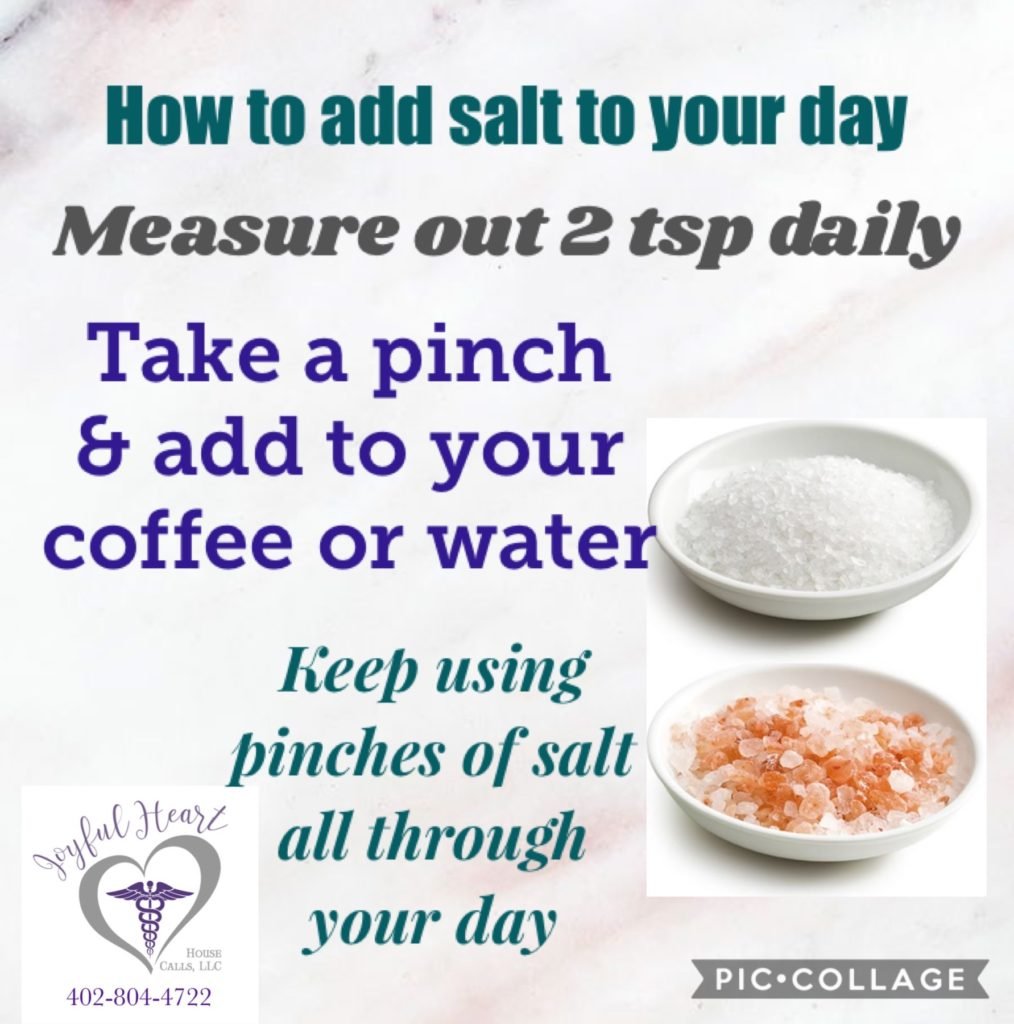
Salt is considered essential to life; just what does that really mean? In nutrition science, certain nutrients are classified as essential or NON-essential – there is NO in-between. Essential nutrients MUST be consumed because the body cannot make them at all; the body cannot use other ingredients or chemicals to rearrange molecules to create or produce essential nutrients. We MUST consume essential nutrients regularly in order to provide the body with adequate nutrients to sustain life. If we stopped eating salt completely, our muscles would ache, tire, and quit functioning normally. Thus, a sudden drop in the intake of processed foods, loaded with preservative salts, would also contribute to sore, aching, and cramping muscles and significant fatigue.
Since sodium & potassium have an inverse or opposite relationship, it’s also important to understand how each impacts the other; within the usual chemical balance in the bloodstream, higher sodium levels will force a lower potassium level and vice versa.
Potassium usually resides mostly inside our cells, while most of our sodium is floating around in the bloodstream. These 2 electrolytes rapidly change places with each other with every muscle contraction/movement; remember the Na-K pump from biology? If sodium or potassium intake drops drastically, muscles can NOT work properly; muscles will tire and weaken. Long-term salt deficiency can actually contribute to muscle atrophy or wasting. Thus, sodium chloride (table salt) is ESSENTIAL to life and normal internal functions. We LOSE salt through sweat/evaporation, tears, nasal drainage, urine, and stooling, so it’s important to consume salt in small amounts all through the day – NOT all at once, or in large quantities.
While potassium is also essential, its therapeutic range is very small. At only a 3 point difference between low normal and high normal, the body is pretty adept at keeping potassium levels within range. Lots of foods contain small amounts of potassium, AND the body is great at conserving/recylcing potassium. Remember, the majority of potassium is INSIDE cells, protected and waiting to be used; the level of potassium in the bloodstream is much lower, and this difference is one contributing factor to keeping the cell membrane healthy enough to allow for sodium and potassium to pass through rapidly, allowing for muscle contraction. However, if sodium or potassium levels get significantly out of balance, muscle weakness, cramping, twitching, & fatigue will occur.
Magnesium & calcium are much less important in the whole scheme of electrolyte balance because blood levels are maintained by a feedback mechanism. The bones and the bloodstream communicate with each other constantly so that a decrease in blood levels of either magnesium OR calcium will result in the bones releasing magnesium or calcium, respectively, in response to a low blood level. Inadequate intake of magnesium and calcium can occur for many, many years before symptoms develop because of this feedback mechanism; in fact, many medications, alcohol, and even carbonated drinks will eventually deplete magnesium and calcium stores over many years of chronic use. Do keep in mind that magnesium is a cofactor of Vit D and needs to be taken WITH Vitamin D.
Now that we understand the major electrolytes and their impacts on our symptoms, let’s discuss a few strategies to help minimize the symptoms of carb flu. What would be your guess as to the most important one to increase immediately? SALT! Yes, exactly. It’s estimated that we actually need around 8-9 grams of salt per day; however, mainstream medicine urges us to limit salt to less than 2 grams per day; high intake is actually believed to be around 5 g/day. Let’s do a little math; if guidelines recommend keeping salt intake to 1.5 to 2 g/day, then many manufacturers are going to produce low-salt foods, using other preservatives, chemicals, and additives to keep food safely edible after weeks on a store’s shelf. On a high carb, typical American dietary intake, let’s suppose that 3 grams of salt is average; for our example, let’s start here. On a high carb diet, even 3 grams of salt is still considered low, but now let’s go low carb. Let’s cut out all those processed foods, boxes, cans, and bags. Now we eat from the farm, cooking real food from the garden/produce section. How much salt are we consuming NOW? Almost NONE, even when adding table salt, there are likely still less than 2 grams per day being eaten.
I typically encourage about 2 teaspoons of salt intake per day, but NEVER at once or in large servings. Measure out 2 tsp into a small bowl or jar lid. Keep it out on the counter or table and use PINCHES of it all through your day – on your food, in your coffee or water. At the end of the day, how much is left? The remaining salt in the bowl leaves your body at a deficit, so you’ll just need to practice slowly increasing salt as tolerated. I rarely encourage potassium supplements, since it’s really easy to overdose on potassium. If you think you need potassium, get a blood level tested FIRST. If your potassium level is 3.8 mEq/L or higher, there is no need to supplement potassium. If your potassium level is in the bottom half of the lab reference range, increasing potassium-rich foods is the ideal way to raise the level just a bit; low carb foods to consider are zucchini, meat, poultry, fish, broccoli, avocado, mushrooms, cucumbers, leafy greens, nuts, and spinach.
Do you see why so many people report and complain about fatigue and muscle issues during the first week on LC eating?
Let’s take a look at a few strategies for avoiding carb flu:
Add salt to everything Have a dill pickle
Drink bone broth Add bacon to meals
Add cheese to meals Drink an ounce or 2 of pickle juice
Drink salty chicken broth Drink salty bouillion
Add a sprinkle of salt to your drink, water, coffee
Avocado/ guacamole is a great source of potassium
Cream of tartar (common kitchen spice) is another good source of potassium
Mag water, sole’, and other low carb recipes for electrolyte mixes can be helpful
The absolute BEST advice I can offer is to BE AWARE of the body’s changes and responses and BE PREPARED with salt, broth, dill pickles/juice, or bouillion at the ready. If you’re aware and prepared, the symptoms of carb flu will be minimal and pass quickly.
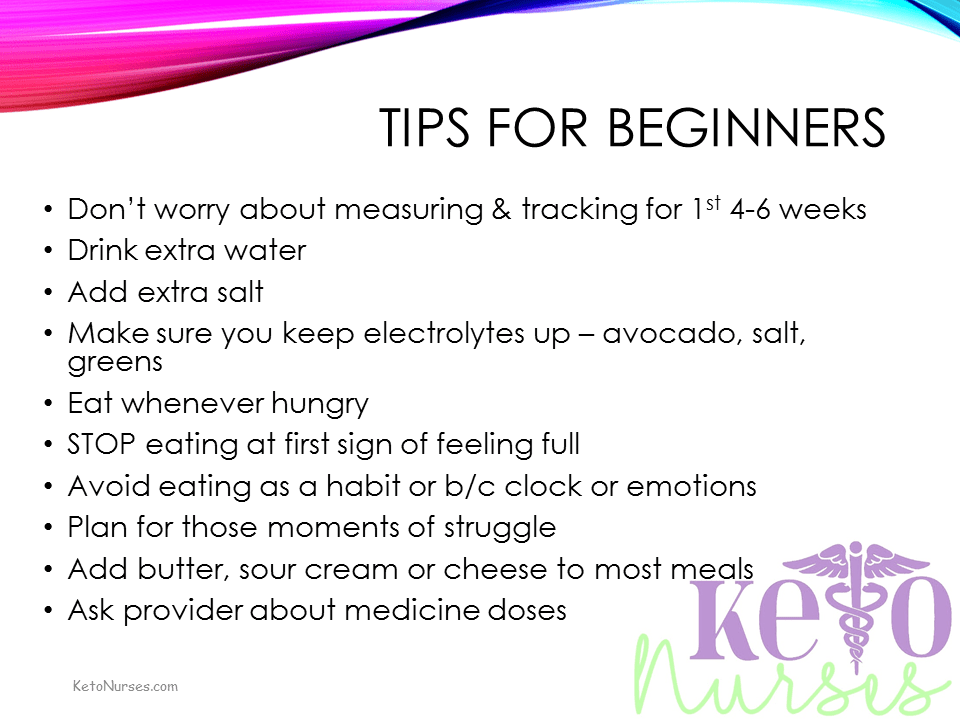
CAUTION: Because electrolyte levels can be dramatically impacted by a variety of medications, it is IMPERATIVE to stay in close contact with your health care provider and have lab levels checked, especially if symptoms persist or occur. Diuretics (fluid pills) and blood pressure medications are the most common to impact electrolyte levels whether LC or not; however, MANY other medications can also cause similar imbalances. You can research side effects and drug interactions using websites like Drugs.com or Epocrates.com.
Slightly off topic, but necessary info: Another key concept to consider is that sodium chloride, salt, is vital for proper digestion since the body produces hydrochloric acid from the chloride component. I know, many of y’all have been told you make too much acid, but that’s not exactly accurate. The body is self-limiting when it comes to producing stomach acid. The body is MORE likely to have acid refluxing because of poor gut function and dysbiosis. There is an entire healing protocol for the digestive tract that I share with specific patients. If you’re interested in this protocol, please reach out and let’s get you scheduled for a thorough evaluation and assessment.
DISCLAIMER:
The information provided in this article and on the Joyful Heart Health Care and KetoNurses blog should be taken as basic & general information, and NOT as medical advice. All information presented by JHHC & KetoNurses should be carefully evaluated and discussed with YOUR health care professional.

